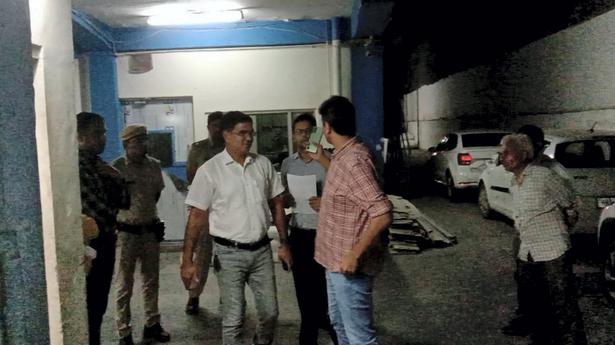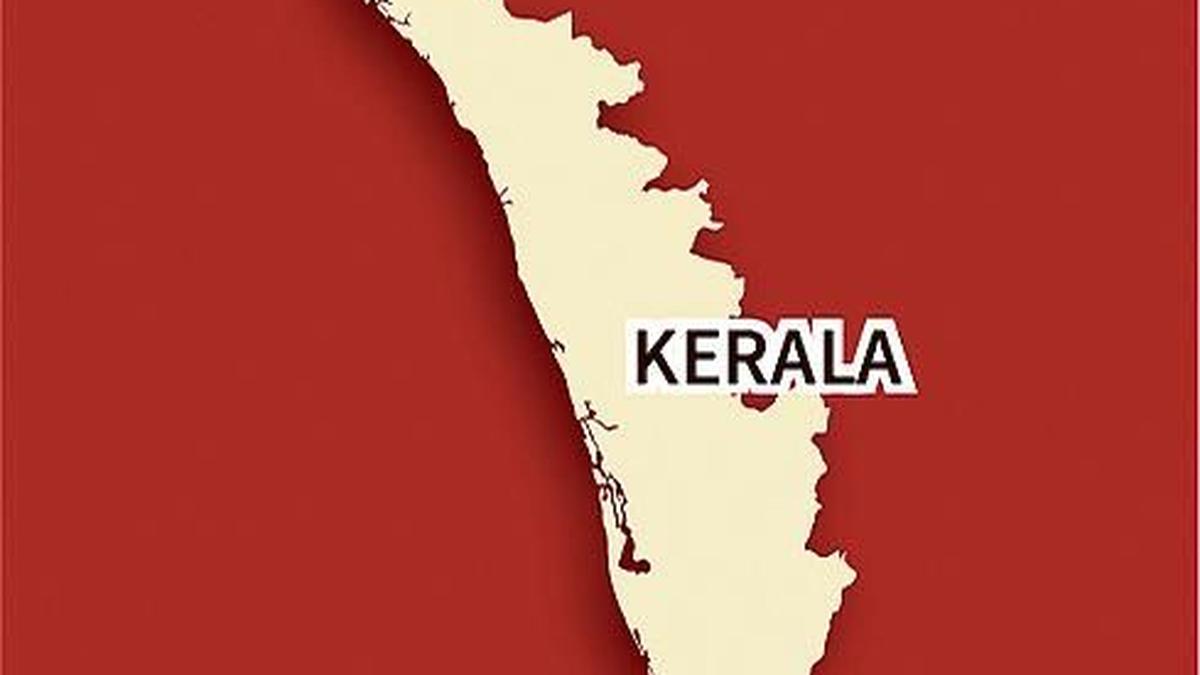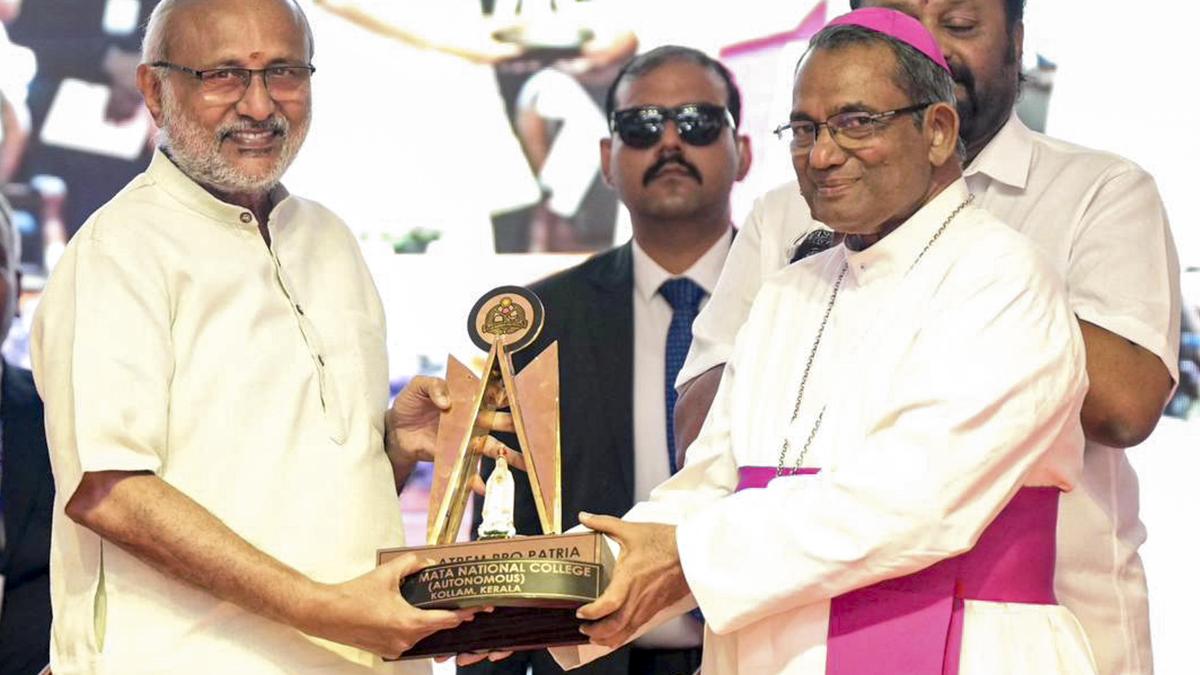The story so far: Scripting history with the largest-ever aircraft order in the history of global aviation, Tata group-owned Air India on Tuesday announced jumbo deals with aircraft manufacturers Airbus and Boeing to acquire 470 jets at an estimated cost of Rs 6.4 lakh crore.
The order includes 400 single-aisle aircraft (mainly used for domestic travel), split between 140 A320neos, 70 A321neos and 190 Boeing 737 MAXs, and 70 wide-body aircraft (mainly used for international travel) that include 34 A350-1000, 20 Boeing 787 Dreamliners, 10 Boeing 777-9 and six A350-900. Air India’s Chief Commercial and Transformation Officer Nipun Aggarwal said on Thursday that the agreement comprises an option for 370 additional jets, which implies that the cumulative number of ordered jets is 840.
Presently, Air India operates a mixed fleet of over 140 Airbus and Boeing planes, including B777-200LR, B777-300ER, B787-800 Dreamliner, A319, A320, A320neo and A321 jets. The airline last placed an aircraft order 17 years ago in 2006, when it signed a deal for 68 Boeing and 43 Airbus aircraft.
Reflective of the airline’s transformation roadmap ‘Vihaan.AI’ that seeks to revamp the ageing fleet, Air India’s deal marks a significant step towards re-establishing the airline as a world-class global carrier.
We take a look at the specifications of the aircraft that are set to join the Air India fleet.
AIRBUS
Airbus A350 (40)
The Airbus A350 is a wide-body, twin-aisle aircraft with two variants, A350-900 and A350-1000. While 300-410 passengers can be accommodated in three-class configurations, a maximum of 480 can be seated in a single-class layout.
The jetliner can fly on short-haul and ultra-long-haul routes non-stop for up to 18,000 kilometres. While an A350-900 can fly over 15,000 km, the longer A350-1000 has a range of over 16,000 km.
The airframe is built with carbon fibre-reinforced plastic and around 70% advanced materials such as composites, titanium and modern aluminium alloys.
The aircraft is powered by two Trent XWB engines, developed by Airbus in collaboration with Rolls-Royce. “Its new generation engines and use of lightweight materials bring a 25% advantage in fuel burn, operating costs and carbon dioxide (CO2) emissions, compared to previous generation competitor aircraft,”Airbus claims in a factsheet.
The A350 has wide seats, high ceilings, access to entertainment, Wi-Fi and mobile phone connectivity. The aircraft offers a three-class configuration cabin. “The A350’s cabin is also the quietest on a twin-aisle aircraft, and its advanced technology delivers the highest possible air quality with optimised cabin altitude (6,000 ft.), optimum temperature and humidity, with the air being renewed every two to three minutes,” the Airbus website reads.
A350-1000
Maximum number of seats: 480
Range: 16,112 km
Length: 73.79 m
Wingspan: 64.75 m
Engine: Trent XWB
A320neo and A321neo (210)
A320neo and A321neo are members of Airbus’ single-aisle A320 family.
Preferred as a short-to-medium haul aircraft, the A320neo has a range of 6,300 km. Its features include a spacious cabin, wide seats, and spacious overhead storage compartments. An A320neo can accommodate 140 to 170 passengers, with a maximum capacity of up to 180.
The aircraft is also equipped with a digital cabin management system. As per Airbus, A320neo’s environmental performance allows for at least 20% less fuel burn and CO2 emissions as well as 50% noise reduction, compared to previous generation aircraft.
The A321neo is the longest-fuselage member of the A320 family.
It can seat up between 180 to 220 passengers in a two-class layout, and even more— up to 244— in a denser layout. Airbus expanded the A321neo’s seating capacity with the use of cabin space, increased exit limits and a new cabin door configuration. The longer A321neo has a range of 7,400 km. Like A320neo, the jetliner offers a wide aisle, overhead storage space and seats that are at least 18 inches wide.
A321neo
Maximum number of seats: 244
Range: 7,400 km
Length: 44.51 m
Wingspan: 35.80 m
Engine: LEAP-1A and PurePower PW1100G-JM geared turbofan
BOEING
Boeing 787 (20)
The 787 Dreamliner family of wide-body aircraft has three variants — B787-8 Dreamliner, B787-9 Dreamliner and B787-10 Dreamliner. It is powered by GEnx-1B/Trent 1000 twin engines. 787 Dreamliner aircraft are between 57-68 metres long and can fly 248 to 336 passengers. The smallest Dreamliner has a range of up to 13,530 km while the longest can go up to 11,730 km — making it suitable to fly long distances.
B787-9 Dreamliner
Maximum number of seats: 296
Range: 14,010 km
Length: 63m
Wingspan: 60m
Engine: GEnx-1B/Trent 1000
B777-9 (10)
A long-range twin-aisle aircraft, B777-9 is a twin-engine jet that claims to deliver 10% lower fuel use and emissions and 10% lower operating costs. The 76.72m-long aircraft can accommodate 426 people and has a range of 13,500 km. Its wingspan extends up to 71.75 m. The jetliner features wings with folding wingtips, a spacious cabin and greater seating capacity than the Boeing 787.
The 777-9 will be the largest jet in Air India’s fleet, enabling the airline to fly passengers non-stop to long-haul destinations.
B777-9
Maximum number of seats: 426
Range: 13,500 km
Length: 76.72 m
Wingspan: 71.75 m
Engine: GE9X by GE Aviation
B737 Max (190)
Regarded as Boeing’s best-selling workhorse aircraft, the B737 Max is a single-aisle medium-haul aircraft which can seat up to 230 passengers and go up to 6,500 km. It is a competitor of the A320neo family.
The series has four variants — B737 Max 7, B737 Max 8, B737 Max 9 and B737 Max 10. It offers a feature called the Boeing Sky Interior that includes sculpted sidewalls and window reveals, LEDs, and pivoting overhead storage bins. B737 Max reduces fuel use and emissions by 20% while producing a 50% smaller noise footprint than its competition, as per Boeing.
India was among many countries that grounded the jetliner in 2019 in the aftermath of the deadly Ethiopian Airlines crash which killed all 157 people onboard. The accident followed barely months after a similar Lion Air crash in Indonesia involving the same aircraft model. The Directorate General of Civil Aviation (DGCA) lifted the ban in 2021.
Air India has an existing fleet of 27 B787-8s. The larger 787-9 is expected to provide increased capacity, greater range and 25% better fuel efficiency compared to earlier-generation jets.
B737 Max 9
Maximum number of seats: 220
Range: 6,570 km
Length: 42.16 m
Wingspan: 35.9 m
Engine: LEAP-1B from CFM International
When will the jets arrive in India?
Air India has said the first batch of the new aircraft is likely to enter service by the year-end, while deliveries will ramp up from mid-2025. In a statement, Airbus stated that deliveries of its aircraft will commence with the first A350-900 by late-2023. “The first aircraft to arrive will be 25 brand-new Boeing B737-800s and six A350-900s in the second half of 2023,” said Air India CEO Campbell Wilson.
Air India, meanwhile, has started taking delivery of 11 leased B777 and 25 A320 aircraft.
What does this deal mean for Air India?
Once known for its quality service and hospitality, Air India’s reputation took a hit in the mid-2000s due to financial troubles. The carrier returned to the Tatas in 2022, after almost seven decades as a government entity. With massive deals inked with Boeing and Airbus, Air India will seek to restore its reputation and return to dominating the skies.
“It is not just the largest order ever made by an Indian airline, it is one of the largest single aircraft orders by any airline, anywhere, ever, and testifies to India’s unique combination of extraordinary scale and growth opportunity,” Air India CEO Campbell Wilson said in an internal mail to airline employees.
Tata Sons and Air India Chairman N Chandrasekaran added that the order is an important step in realising Air India’s ambition. The airline is on a large transformation journey across safety, customer service, technology, engineering, network and human resources, he said, adding that the new aircraft will modernise the airline’s fleet and onboard products and expand its global network.
On the subject of Air India’s massive order of over 200 A320s, an aviation expert said that the induction of the Airbus aircraft will help the airline operate with improved efficiency and reliability with 35% lower operating costs and around 28% fewer carbon emissions.






